Green light, specifically at 525nm, is the most effective and well-tolerated wavelength for headache relief, calming the nervous system while avoiding the stimulation that other colors trigger.
-
Blue and white light often worsen migraine symptoms.
-
Green light interacts less with pain pathways in the brain.
-
Clinical studies show it can reduce headache intensity and frequency.
-
It’s gentler on the visual system and easier to tolerate during flare-ups.
That’s why the Illuminate Green Panel was engineered to deliver the precision, power, and comfort headache sufferers need.
Keep reading to learn why green light works, when to use it, and how to do it safely for lasting relief.
Why Light Color Affects Headache Severity
Photo Source-> West Texas A & M University
How the Brain Processes Light During a Migraine
Migraine isn’t a surface-level issue. It starts deep in the thalamus, where sensory signals, including light, get routed to the pain centers. When you’re in a flare-up, photophobia kicks in. That’s not just discomfort, it’s the nervous system reacting to input it can’t filter properly.
Light, especially in the blue range, excites retinal ganglion cells. These aren’t involved in vision. They communicate with pain and mood circuits instead. That’s where the problem begins. A well-lit office might feel manageable to most people, but for someone mid-migraine, it feels like standing under a spotlight.
Why Green Light Lands Differently
Not all colors fire the same neural alarms. Green light around 525 nm activates fewer pathways tied to pain transmission. It also produces less contrast and less flicker on the retina. That means lower stimulation and fewer triggers for photophobic reactions.
Patients in a clinical trial on green LED exposure experienced a decrease in headache days, with no adverse effects reported. This wasn’t a massive study, but it aligns with growing lab and anecdotal evidence.
When engineered into precision LED panels, green light has a narrowband profile, less scatter, more comfort. It’s not about brightness; it’s about tuning the experience to what your nervous system can handle.
What the Research Says About Green LED Light for Headaches
Mechanism Behind Green Light’s Effect on the Nervous System
Retinal ganglion cells are hypersensitive to high-energy wavelengths. That sensitivity plays a role in both visual processing and photophobia. Green light, especially in a narrow band around 525 nm, activates fewer of these cells compared to blue or white light. Lower input to the thalamus translates into reduced activation of pain circuits.
In practice, green light delivers a calmer visual stimulus. It creates lower contrast across the retina and reduces sensory agitation. This makes it more tolerable during headache onset or recovery phases. What separates therapeutic green light from ambient lighting is how precisely the wavelength is tuned, and how evenly the output is delivered.
The Illuminate Green Panel was engineered to meet that standard. Its uniform coverage, 6mm LED spacing, and 5 J/cm² dose help users avoid “leopard spots” and inconsistent results.
Findings from Controlled Green Light Studies
A preliminary clinical trial evaluated green light exposure in migraine patients using a crossover format. Both episodic and chronic migraine participants saw reductions in headache frequency and intensity. Quality of life markers improved across sleep, mood, and activity. No adverse effects were reported.
While the sample size was limited, these results support a growing body of evidence favoring non-pharmaceutical light modulation. The outcomes also highlight how wavelength matters more than brightness or color variety.
Where and How to Use Green LED Therapy
Targeting the Right Areas for Relief
The Illuminate Green Panel delivers clinical-grade, uniform energy across the entire visual field, making it an ideal LED device for calming the areas most impacted during a headache. Its high-output green light reaches key zones like the temples, forehead, and jaw, helping reduce overstimulation where pain pathways are most active.
By flooding the nervous system with narrowband 525nm light, it creates a soothing, full-coverage environment that traditional lighting, or underpowered masks, simply can’t match.
When to Use Light Therapy for Headaches
Timing can affect outcomes. Many users begin sessions during the pre-headache phase when pressure builds but pain hasn’t peaked. Others apply it during the comedown phase when visual and sensory discomfort lingers. Green light may help shorten this recovery period.
Who Might Benefit from Green LED Light Exposure
Migraine and Headache Sufferers
For people with episodic or chronic migraines, green light provides an alternative to blackout curtains or over-the-counter medication. It doesn’t cure the condition, but it modifies the visual environment in a way that’s easier on the brain.
In the published trial, participants reported fewer headache days and less severe attacks after consistent green light exposure. These outcomes were observed without pharmaceutical changes, which makes the method attractive to patients looking for non-invasive options.
People Sensitive to Screens or Overhead Lighting
Digital light fatigue is real. Many people experience tension headaches, jaw tightness, or blurred vision after long hours under LEDs or staring at backlit devices. Green light therapy may act as a reset for the visual system, lowering stimulus overload and easing neural fatigue.
This approach can be especially effective for people working in clinical, creative, or tech environments where lighting conditions can’t be controlled. Devices like the Illuminate Green Panel offer structured recovery windows during breaks or after hours.
How to Set Up a Green LED Session Safely
Most users begin with five-minute sessions, once daily, using devices calibrated for 525 nm output. Short duration helps avoid overstimulation, especially for people with high sensitivity during headache windows. Over time, the session can extend to 10–15 minutes based on tolerance and comfort.
Green LED therapy does not require a dark room, but ambient lighting should be soft and indirect. Strong blue or white lighting in the background can interfere with the calming visual effect. Consistency matters. Light therapy works on a cumulative basis, sporadic use tends to produce less impact.
The Illuminate Green Panel has a fixed output and surface area, which makes dosing predictable.
Why Most LED Masks Don’t Work for Headache Support
Gimmicky Color Cycles and Incomplete Coverage
Multi-color LED devices dominate the wellness space, but they often prioritize aesthetics over physiology. Many cycle between blue, red, and green in preset patterns that don’t allow wavelength isolation. That’s a problem for migraine sufferers, who need strict control over input to avoid triggers.
Inconsistent LED spacing also creates uneven energy delivery. When the space between lights is too large, skin receives an uneven dose. Some zones get 5 J/cm², others drop below therapeutic thresholds. This patchy output leads to poor results and frustration.
Lumara’s hardware design eliminates those gaps. The lluminate Green Panel uses tight 6mm spacing to ensure uniform coverage across every treatment area.
Misleading Power Claims and Spec Gaps
Many consumer-grade devices skip the specs altogether. That makes it impossible to know whether they deliver enough energy, whether the wavelength is actually therapeutic, or whether the product is safe near the eyes. Some overpromise with high wattage numbers, which don’t translate to clinical output.
Look for panels that clearly state irradiance in mW/cm² and treatment dose in J/cm². This ensures the device is operating within a safe, effective range and not compensating with intensity spikes that could cause more discomfort than relief.
How to Measure Progress and Track Benefits
Changes usually begin subtly. Light sensitivity may reduce during screen use or after long days under LEDs. Headache frequency may decrease within a few weeks of daily use. Some users notice less neck and jaw tension during peak hours or recovery windows.
Keeping a log helps. Note session times, duration, symptom patterns, and energy levels before and after use. Tracking this over several weeks can surface trends that help with long-term device planning and dosage calibration.
Green Light Therapy and Headaches
Headaches are often fueled by overstimulation, especially from harsh or blue-toned light. Green LED therapy at 525nm offers a calming, scientifically supported alternative that reduces both the frequency and intensity of headaches without triggering the nervous system. But results depend on precision, and that’s where the Illuminate Green Panel stands out, delivering clinical-grade energy, tight 6mm LED spacing, and consistent optical output designed for true relief. If you’re done relying on blackout curtains or guesswork with OTC remedies, it’s time to experience the difference green light therapy can make.
💚Explore the Illuminate Green Panel and start seeing fewer headaches, and brighter days.
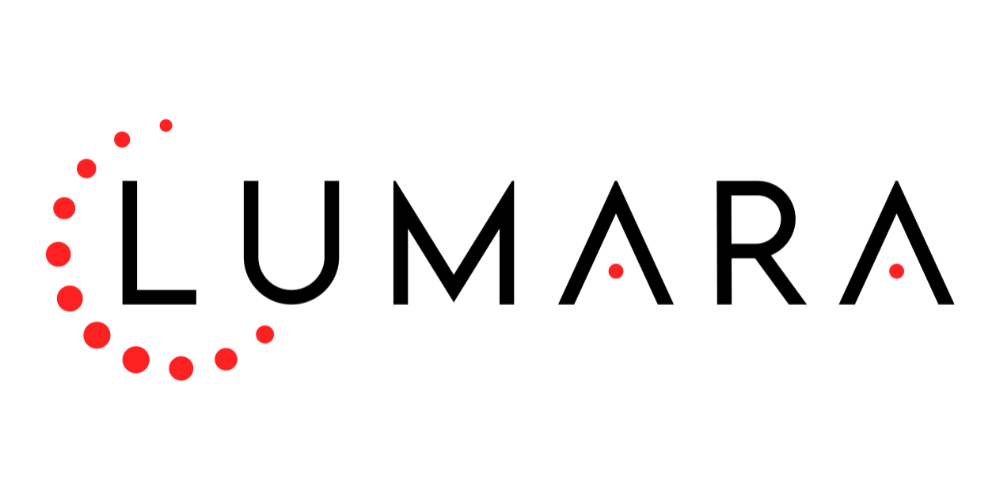
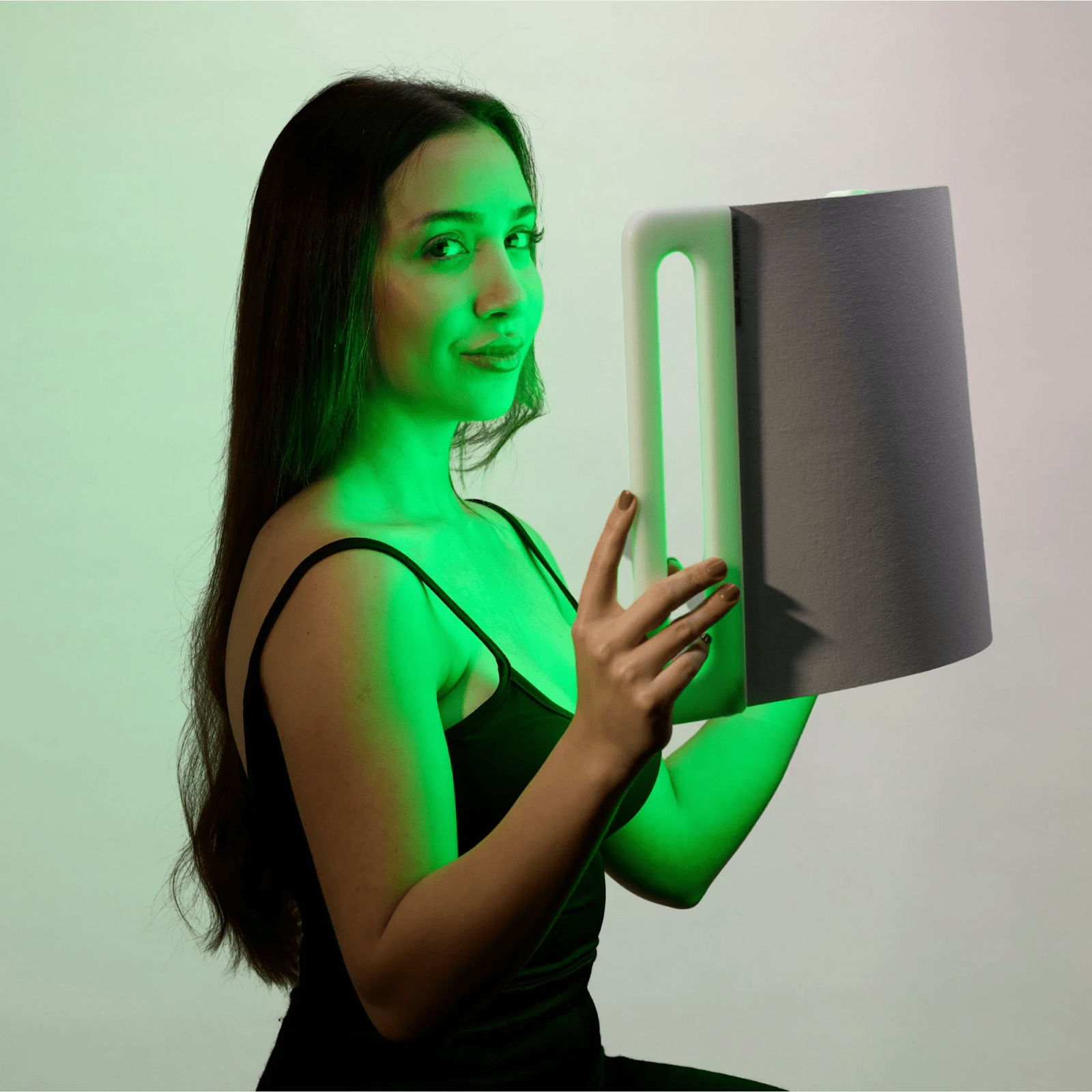
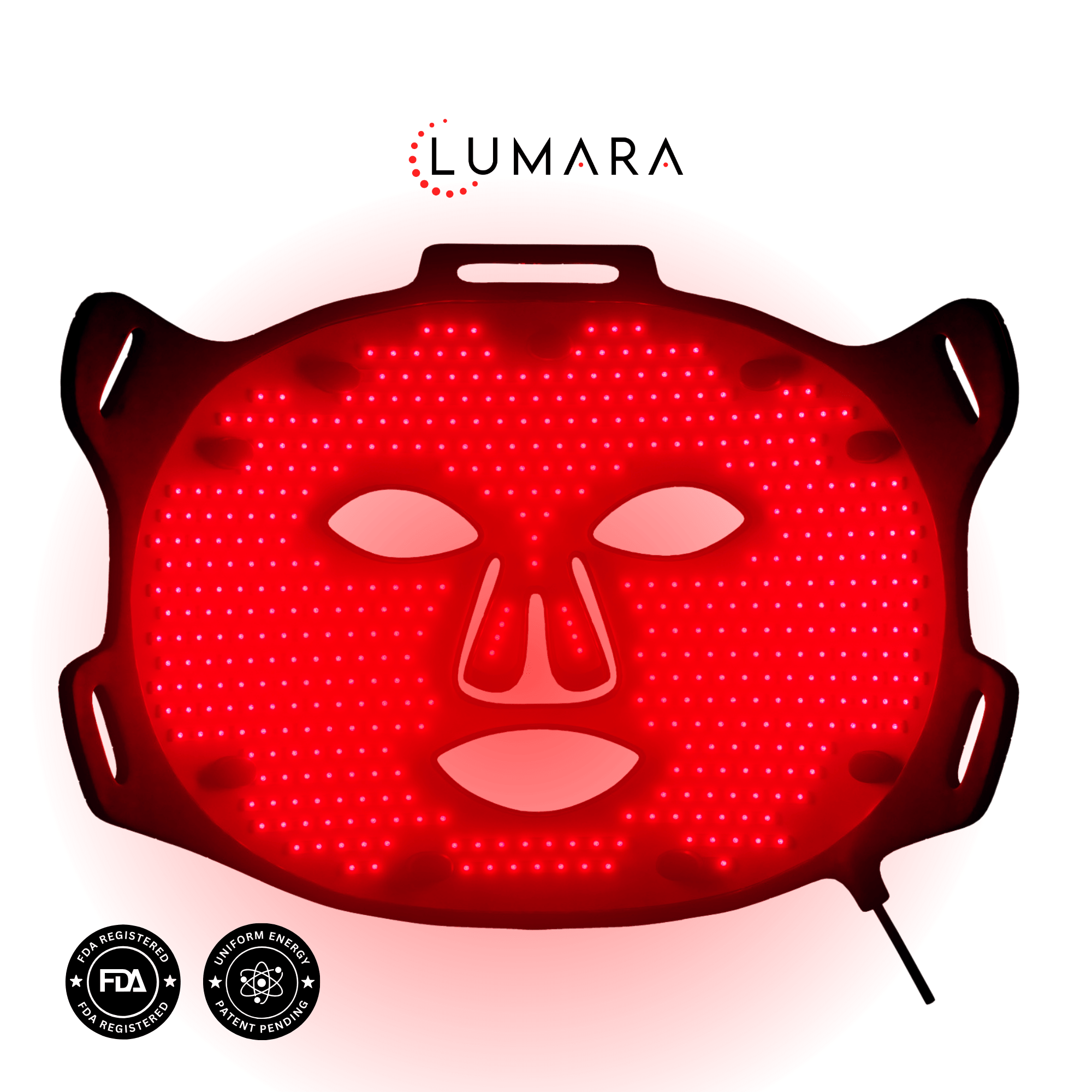
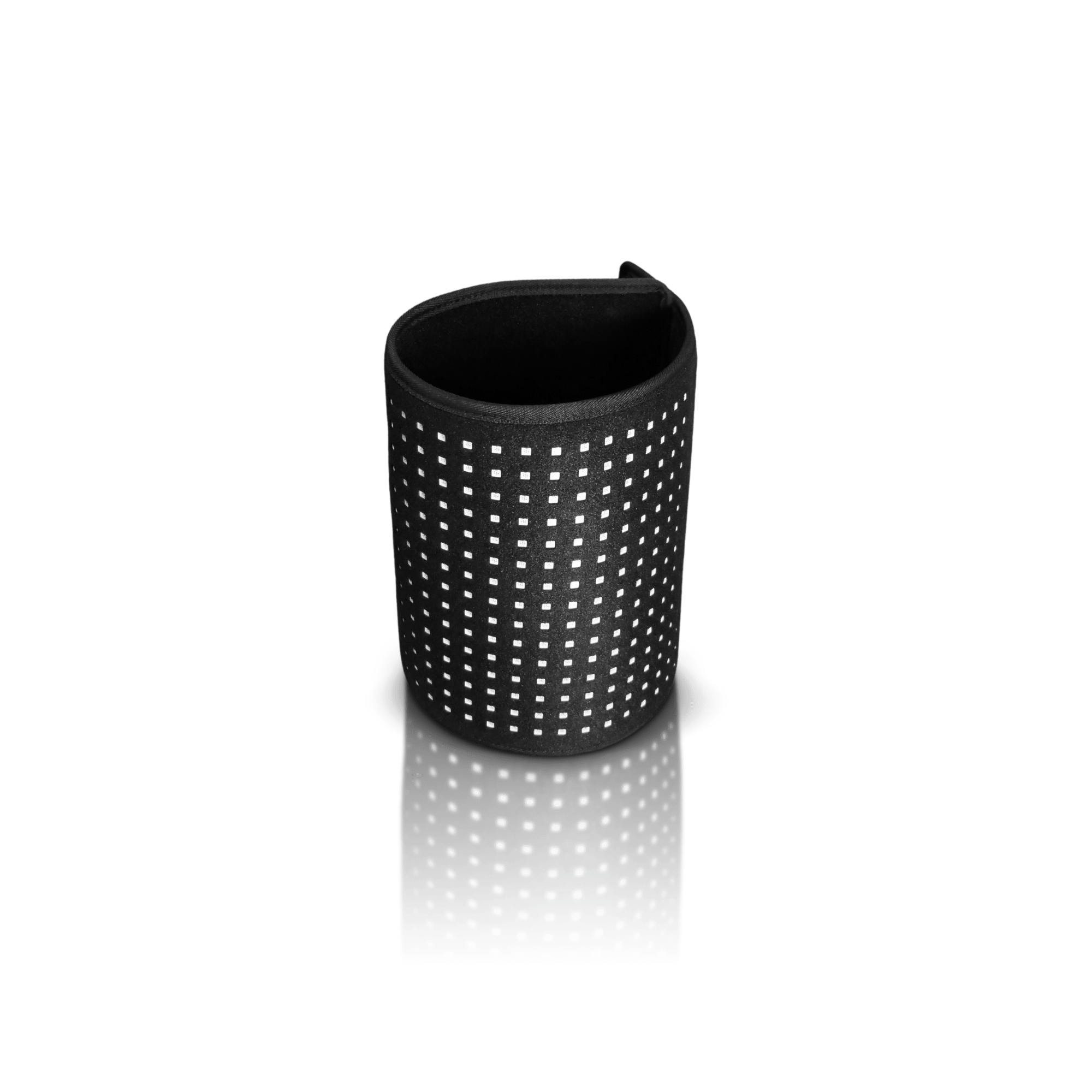
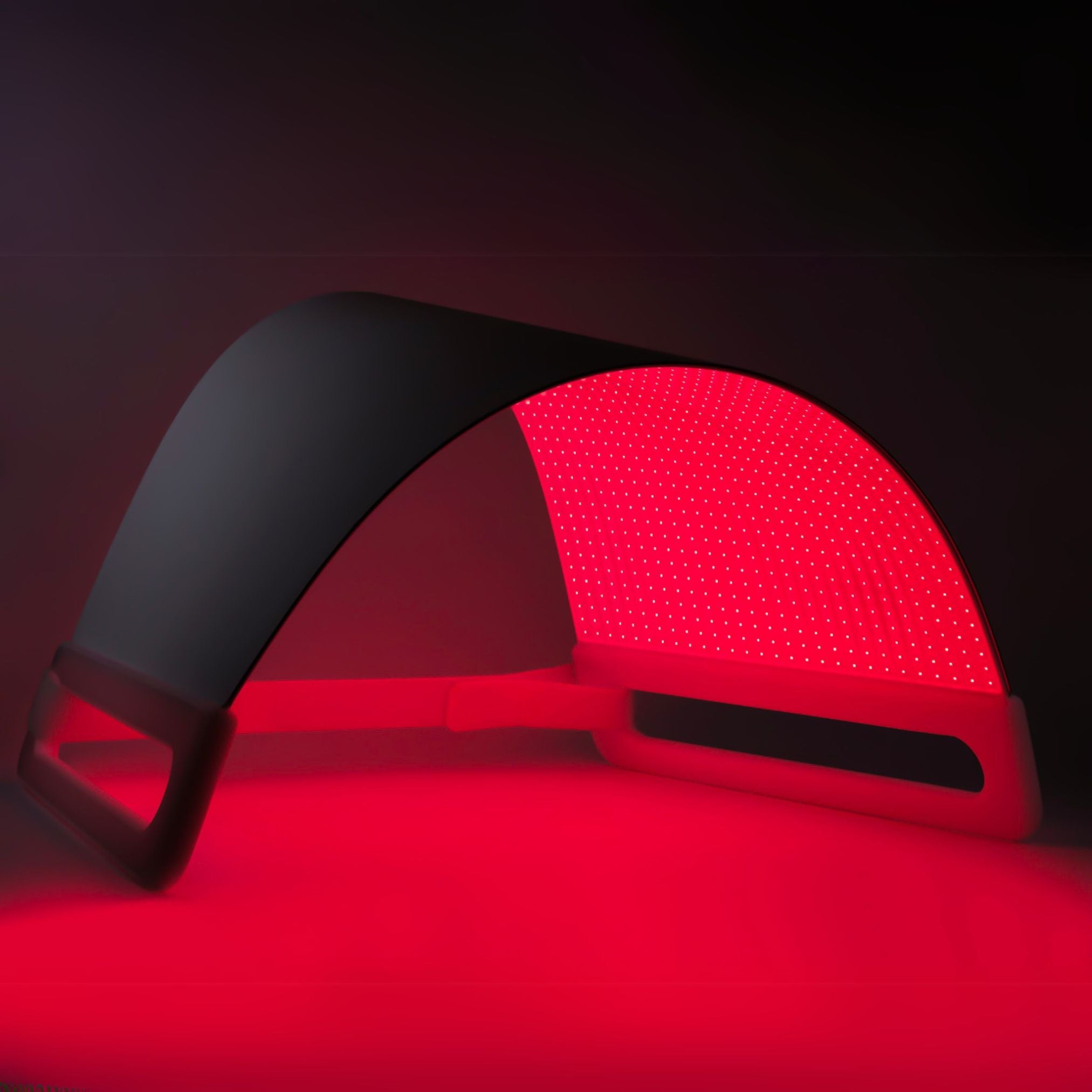
Share:
What LED Light Does to Your Body: Skin, Muscles & More
What Green Light Therapy Helps With: Skin & Mood Uses